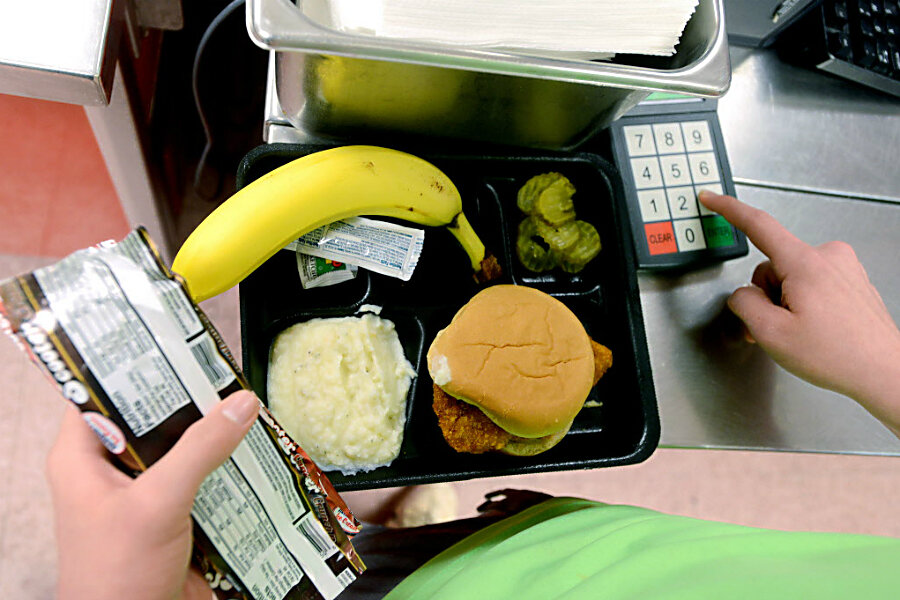Mom scolded by teacher for packing Oreos in preschooler's lunch
Loading...
Leeza Pearson thought she had sent her daughter off to preschool with a full lunch this past Monday.
She packed a ham and cheese sandwich, a stick of string cheese, and, for dessert, a four-pack of Oreo cookies. Her daughter's teacher at the Children's Academy in Aurora, Colo, however, took exception to the treats Ms. Pearson gave her daughter and did not allow her to eat the cookies, according to a report from KUSA-TV in Denver.
Pearson was distraught that the teacher did not allow her 5-year-old daughter to finish her entire lunch because the teacher said the cookies lacked nutritional value. Her daughter returned home from school with the Oreos still packed, with accompanying note written by the teacher in her lunchbox that read:
Dear Parents, it is very important that all students have a nutritious lunch. This is a public school setting and all children are required to have a fruit, a vegetable and a heavy snack from home, along with a milk. If they have potatoes, the child will also need bread to go along with it. Lunchables, chips, fruit snacks, and peanut butter are not considered to be a healthy snack. This is a very important part of our program and we need everyone's participation."
The director of the Children's Academy told KUSA she would be looking into the matter. She said that a note like this should not have gone home to any parent, that the school's policy is not to dictate what parents can send their children to school with, and that the teacher would be spoken to on Tuesday.
For her part, Pearson was not amused that this educator attempted to serve as her daughter's dietician.
"What the school thinks is healthy for her is not what I think is healthy for her," Pearson told KUSA. "That's between me and her and our doctor – not the school."
The school is funded through Aurora Public Schools, and the school district says that it will look into the matter as well.
While Leeza's daughter's teacher may have overstepped her bounds, schools have indeed been taking a more active role in their students' nutritional and lifestyle habits. This is partly in response to the prevalence of childhood obesity, which tripled between 1971 and 2011 to the point at which one in three American kids is obese, according to the American Heart Association.
At Little Fort Elementary School in Waukegan, Ill., school nurse Mary Culver grappled with an obesity rate of over 55 percent of the student population. She implemented a "Get Up and Move" dance program, which adds five minutes of movement at the beginning of each day, and now her students are by and large receiving the full required 30 minutes of physical education every day.
A Virginia Tech study compared the nutritional content of packed lunches with that of school lunches in three rural Virginia elementary schools. The study found that, while both school and packed lunches nearly met federal nutrition standards, the packed lunches contained fewer fruits and vegetables and more sugary foods and drinks.






